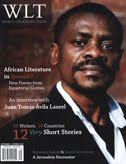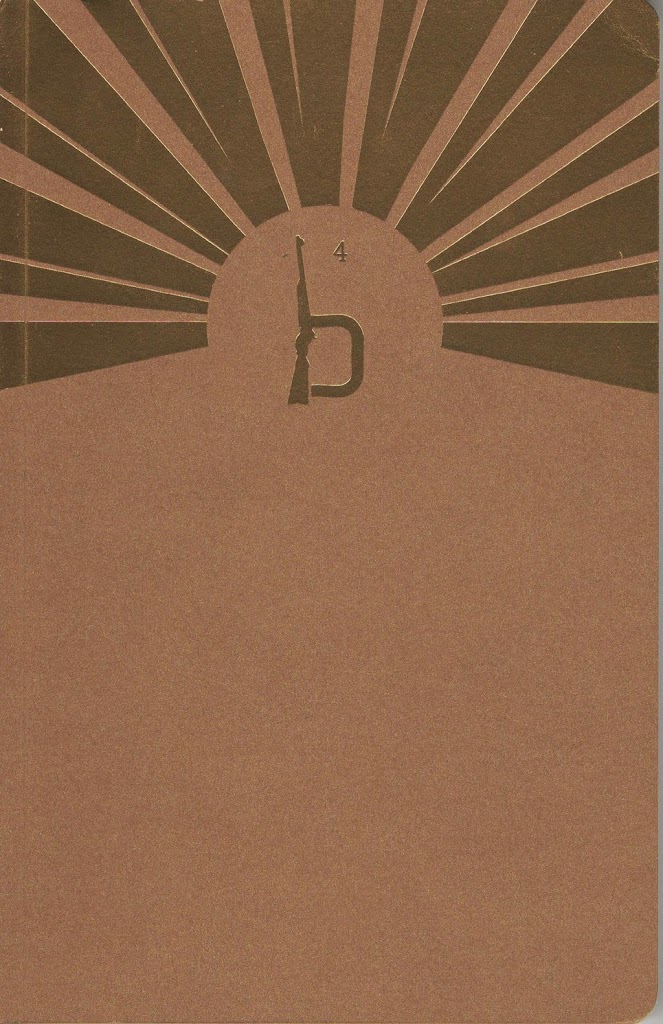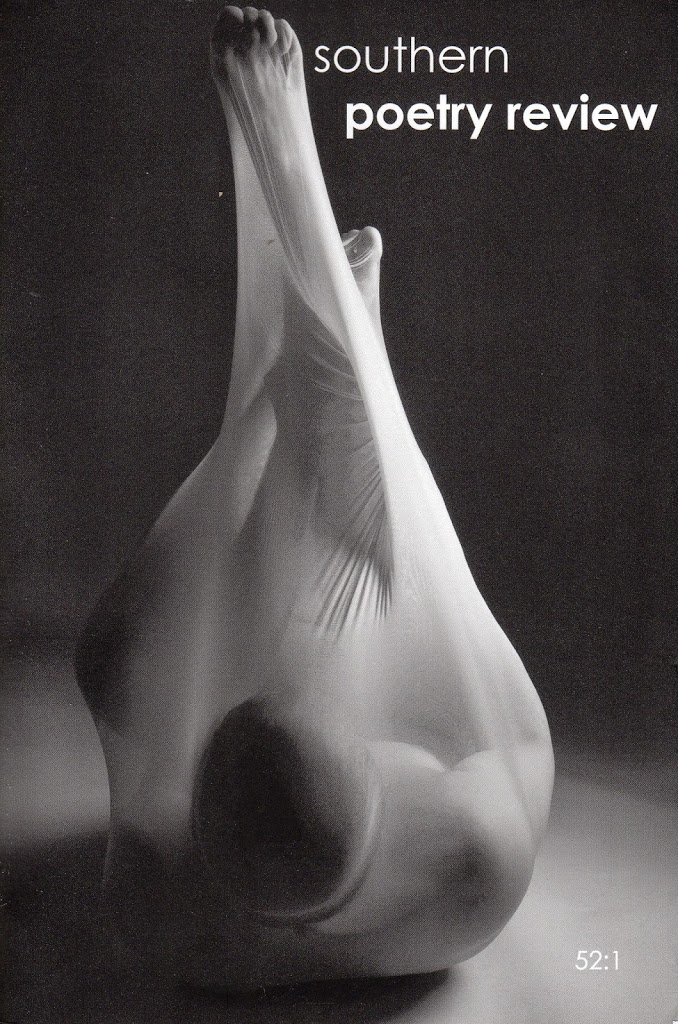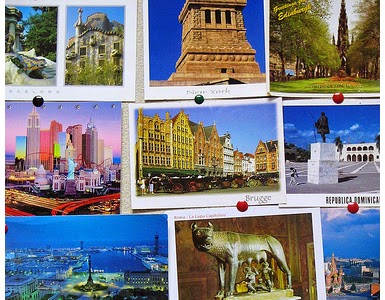Very Short Fiction: What to Call It?
There are many names out there to describe very short fiction—sudden, flash, nano, short-short, micro, minificción—but how is it classified? Are these very short stories still considered stories? Is this genre a “renaissance or a reinvention?” In “The Remarkable Reinvention of Very Short Fiction,” in World Literature Today‘s most recent issue, Robert Shapard takes a look at these questions.
“Very short fiction has many names,” he writes, “which vary by length of story and by country. In the United States, the most popular name, perhaps, is flash; in Latin America, the micro. On average, a very short fiction is ten times shorter than a traditional story, but numbers don’t tell us everything.” Later in the essay, Shapard says, “As Pulitzer Prize-winner Robert Olen Butler (a novelist who also writes flash fiction) has said, ‘Fiction is the art form of human yearning, no matter how long or short that work of fiction is.’ I agree with Butler. It’s a matter of focus.”
This essay introduces a special feature in WLT of “very short fiction.” “These works, by eleven authors from ten countries, take many forms and range in length from sudden (about two pages) to flash (about a page) to micro (less than half a page).”
This special section includes stories from Carmen Boullosa, Hisham Bustani, Alex Epstein, Vanessa Gebbie, Josefine Klougart, Sylvia Petter, Nora Nadjarian, Andrés Neuman, Lili Potpara, and Clemens Setz.





